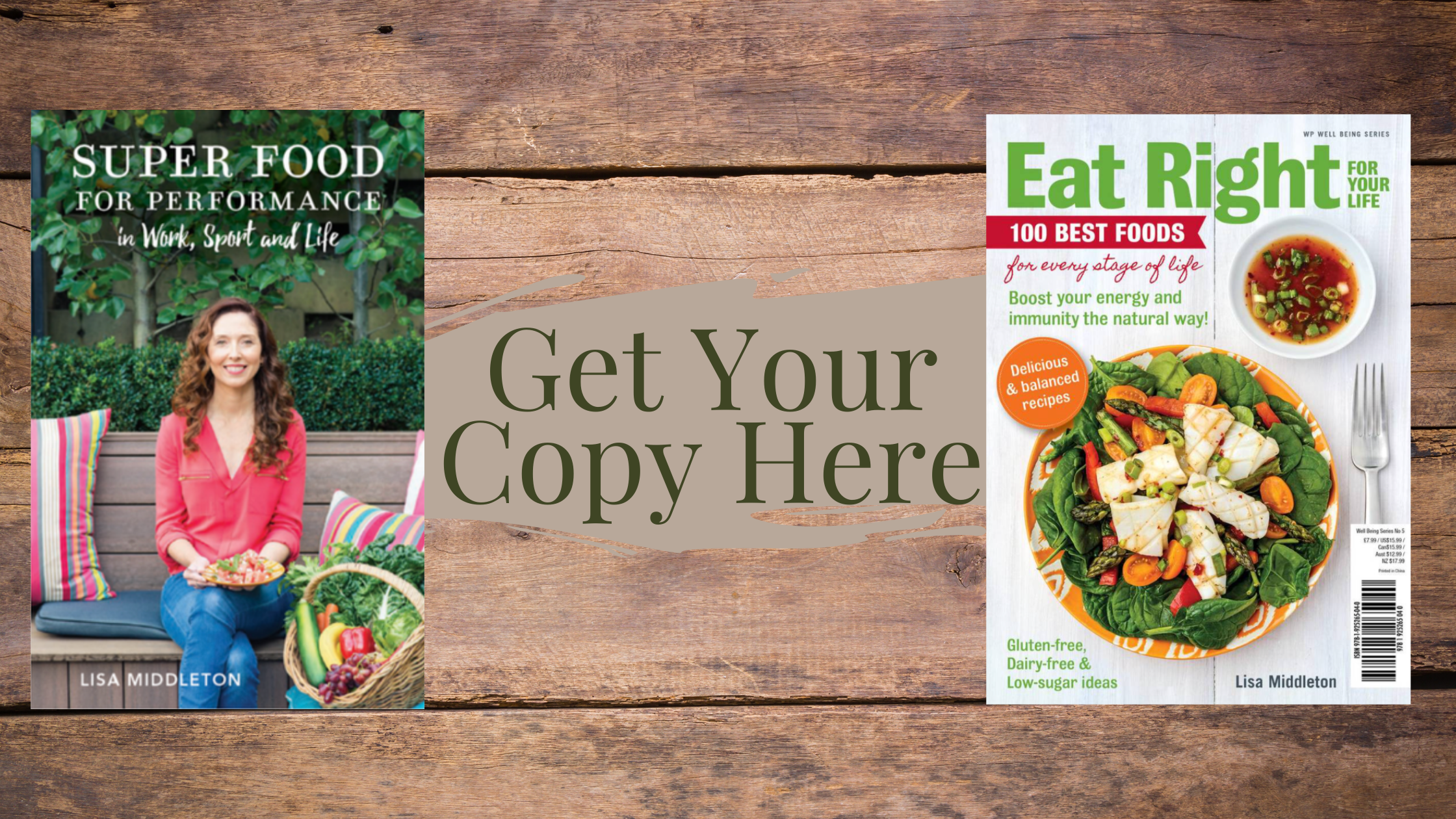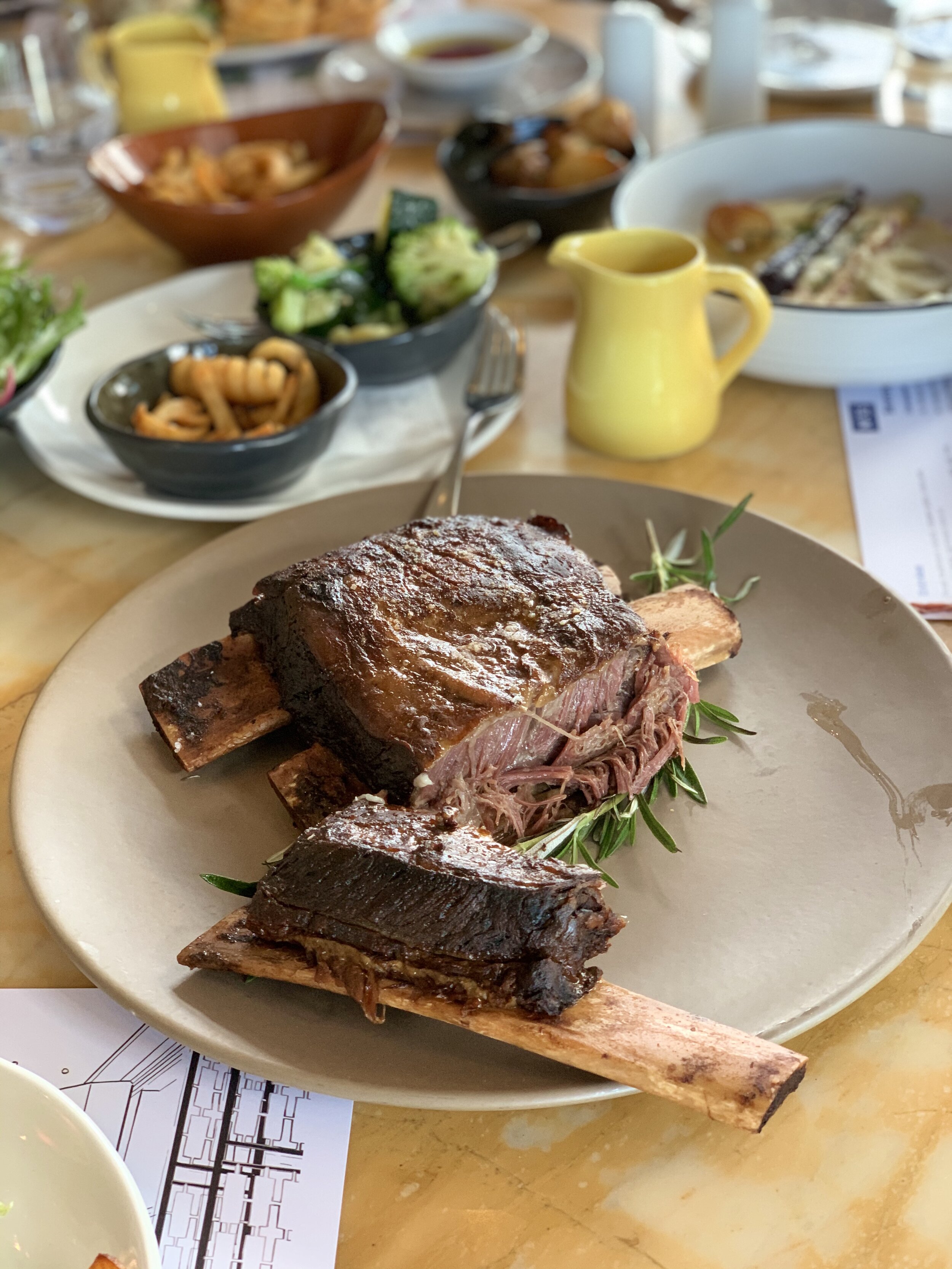Have you seen the Game Changers? I haven’t – but I’ve read enough reviews from well-regarded nutrition scientists to indicate that I don’t need to. Nor does anyone need to become vegan for health and performance benefits. Don’t get me wrong, I am all for plant-based ie. eating more vegetables, choosing wholegrains and moderating meat intake. Just because I’m not vegan however, it doesn’t mean I have zero care for the environment, or mine or others’ health, well-being and performance. In fact I care for these things greatly, and this is why I become frustrated by false and misleading nutrition messaging.
Plant-based nutrition is all the rage right now, and for good reason. But this doesn’t mean the entire world needs to become completely plant-based Everyone is entitled to make their own personal choices and decisions about the way they eat. Many factors contribute to our food preferences, including ethical, religious, social, cultural, economical, environmental, psychological, physical and pure taste and enjoyment. Regardless of a person’s approach, my priority when working with individuals is for them to get the most from the foods that they like and choose to eat.
Enough with the Game Changers and the virtues of plant-based eating - this is not at all what I wanted to focus on! Although it’s highly relevant to a nutrient that I find many people don’t get enough of, regardless of nutrition preferences - omega-3 fatty acids. The topic of omega-3’s also opens up a whole host of questions around the best sources, sustainability of our fish supply and the role of supplements, which I will address to the best of my current knowledge.
My interest of late in omega-3 intake has primarily been in relation to vegan-style eating and how adequate intake can be achieved on a consistent basis. I work with many vegetarian and vegan clients who are active and training at a high level, and working hard to make their nutrition work for them. I’m also involved in reviewing vegetarian and vegan meal plans for online health and wellness programs (TiffXO and Centr) so have a responsibility to consider where omega-3’s are coming from. Plus on a personal note I have a child who has difficulty eating fish, hence my priority to investigate non-marine sources a little more thoroughly (said child is now having flaxseed meal sprinkled on his breakfast each morning, in conjunction with repeated offerings of fish…..btw we have well exceeded ‘10’ exposures and seemingly still have a long way to go!).
Historically vegetarians have often been recommended to take a supplement to ensure their omega-3 intake is adequate. Fish eaters can just eat salmon and sardines, right!! Ok, not always that simple, but fish and seafood are by far the richest source of bioavailable omega-3. Omega-3 has been identified as being important for a range of body functions, including:
· Brain health and function
· Management of inflammatory conditions such as chronic pain and arthritis
· Cardiovascular health
· A potential reduction in the body’s inflammatory response to strenuous activity
· Just to name a few….
Types of omega-3
When it comes to omega-3, the most important varieties to consider are these three:
EPA eicosapentaenoic acid (long-chain fatty acid)
DHA docosapentaenoic acid (long-chain fatty acid)
ALA alpha-linolenic acid (a shorter chain omega-3 fat).
Why are fish and seafood so rich in these fatty acids? DHA and EPA are synthesized by marine algae, which are eaten by phytoplankton, which are then consumed by fish and seafood and accumulate over time.
ALA is a short chain omega-3 found naturally in non-marine foods such as flaxseeds, chia seeds, hemp seeds and walnuts. The short chain omega-3’s must be converted to long chain omega-3’s to be best utilised by the body. The conversion rate to the more effective DHA and EPA is low (estimated at less than 15%) so you need to consume quite a lot of ALA from foods plant sources to get a similar amount obtained by eating fish or seafood. It’s not impossible, but takes some careful planning.
How much do we need?
The recommended dietary intake of long chain omega-3’s to prevent chronic disease has been estimated to be 430mg per day for women, and 610mg per day for men, so around 500mg/day on average, although there is no set standard and different organisations recommend anything from 250-500mg combined DHA/EPA per day. Unfortunately not many of us are likely to consume this much omega-3 on a regular basis. There are more specific recommended omega-3 doses for health conditions such as some types of arthritis, requiring higher dose supplementation beyond the levels of intake able to be achieved via food alone (it’s important to speak to your health professional and dietitian if your needs are elevated due to a health condition). There is no recommended level of omega-3 intake advised for athletes at present, however I was just yesterday reading some interesting research on omega-3s in the context of nutrition and concussion. There is also potential for the anti-inflammatory effect of omega-3’s to impact recovery and muscle/joint health, but unfortunately specific research on athletes is lacking.
Omega-6 to omega-3 ratio
The ratio of omega-6 to omega-3 fats is often discussed as a contributor to health – with many of us consuming far more omega-6 fats from various vegetable oils and not enough omega-3. This imbalance can potentially lead to inflammation in the body, which can then be linked to chronic health conditions. The best way to address this is to put some effort into increasing omega-3 intake, plus taking care not to overdo sources of omega-6 fats.
Sustainability of fish sources
The other question to consider is what may happen if everyone suddenly starts focusing on omega-3 intake by eating more fish. The old saying ‘There’s plenty more fish in the sea’ may not apply in this case, particularly if we are focused on a small number of specific varieties. I started looking into this further and came across some great work being done by the Australian Marine Conservation Society and their Good Fish Project . They have developed resources including a Sustainable Seafood Guide and a listing of Sustainable Seafood Restaurants, which are very useful in helping to make sustainable fish and seafood choices at home and when eating out.
The Fisheries Research and Development Corporation have also developed an excellent app where you can find the status of Australian fish stocks to help determine sustainable fish and seafood choices (go to www.fish.gov.au for more info).
Vegetarian sources – can you get enough from food?
Back to my main reason for looking into omega-3 a little further - can vegetarians obtain adequate omega-3 from foods or is supplementation necessary? Research indicates that on average, ALA intake for vegetarians in Australia is not sufficient to allow conversion to an adequate amount of DHA and EPA.
ALA can be found in plant based foods like nuts, seeds and oils however the volume of these required to ensure adequate DHA and EPA conversion is likely to be challenging from a practical and palatability point of view. Even though the amount of ALA in these foods may be high, the low conversion rate means that significant volumes need to be consumed - we are talking tablespoon upon tablespoon of flaxseeds and chia seeds for example, which can become quite hard going, but not impossible if this is your preference. The other option are micro-algae supplements to part-supplement food sources within a fish-free diet.
Supplements
There has been significant debate surrounding fish oil supplements and their effectiveness, and ideally the best way to obtain your omega-3’s is through food sources. However there are certain situations where supplementation may be useful. Some people worry about the mercury content of fish oil supplements (needlessly, as the processing and purification remove all mercury), however a greater concern in recent years has been around quality and effectiveness of over-the-counter products. I won’t discuss that in more detail here, but it’s certainly something to consider.
As previously mentioned, there are vegan-friendly omega-3 supplements derived from algal oil. These contain predominantly DHA and absorption may be similar to that from fish and fish oil.
Is high dose supplementation necessary?
Research has indicated that certain medical conditions may benefit from higher dose omega-3 supplementation, such as heart disease and some forms of arthritis. There has been recent controversy however with regard to cardiovascular disease – previously there were indications to suggest taking 1000mg fish oil (DHA/EPA) for cardiovascular disease and higher doses for elevated triglycerides, however this has been questioned due to some recent studies. Your individual situation and health are unique – speak to your GP and Accredited Dietitian for more personalised advice.
Summary
If you eat fish and seafood, then choosing sustainable sources rich in omega-3 is likely your best way to achieve adequate omega-3 intake. Non-marine sources also can provide omega-3, but the type of omega-3 is less effective, meaning you need to consume significant volumes regularly to achieve adequate intake.
Rather than focusing only on fish, perhaps a combination of oily fish/seafood and plant-based sources is the way to go (with appropriate supplementation if required, based on individual needs)….especially with the shift towards more plant-based eating into the future.
However you do it, omega-3’s are important – speak with an Accredited Sports Dietitian if you want to talk it all through for your unique individual needs.
Furthe reading:
https://www.mja.com.au/journal/2013/199/4/omega-3-polyunsaturated-fatty-acids-and-vegetarian-diets
https://ods.od.nih.gov/factsheets/Omega3FattyAcids-HealthProfessional/



































